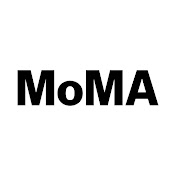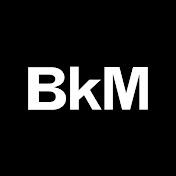Image Unavailable
This image is presented as a "thumbnail" because it is protected by copyright. The museum respects the rights of artists who retain the copyright to their work.
Untitled (Four Etchings)
1992
Glenn Ligon
Glenn Ligon (American, b. 1960)
Prints
Untitled (Four Etchings), 1992. Glenn Ligon (American, b. 1960), Max Protech, Inc.. Set of four soft-ground etchings, aquatint, spit bite, and sugarlift on Fabriano; sheet: 64 x 44 cm (25 3/16 x 17 5/16 in.); platemark: 60 x 40.2 cm (23 5/8 x 15 13/16 in.). The Cleveland Museum of Art, John L. Severance Fund 1994.159 In this suite of four etchings, Glenn Ligon appropriated passages from the published works of two renowned black authors and printed them in black and white reminiscent of a letterpress poster to draw attention to racism in America. The two etchings printed in black on white paper, which are progressively more difficult to read as the text descends, repeat quotes from Zora Neale Hurston's 1928 essay "How It Feels to Be Colored Me." Hurston describes whiteness as being used as a category by which to assess blackness. Ligon explains, "the prints play with the notion of becoming 'colored'" and how "one is not born black; 'blackness' is a social construction." The two other prints, printed in black on black to render them intentionally hard to decipher, repeat the first lines of Ralph Ellison's 1952 novel Invisible Man. Here, Ligon builds upon Ellison's use of the metaphor of invisibility to describe the position of blacks in America—as present and real yet still often unseen due to persistent structural racism.
- Maker/Artist
- Ligon, Glenn
- Classification
- Formatted Medium
- Set of four soft-ground etchings, aquatint, spit bite, and sugarlift on Fabriano
- Dimensions
- Sheet: 64 x 44 cm (25 3/16 x 17 5/16 in.); Platemark: 60 x 40.2 cm (23 5/8 x 15 13/16 in.)
- Inscribed
- Inscription: lower left, in pencil: "32/45"; lower right, in pencil: "Glenn Ligon ‘92"
- Departments
Have a concern, a correction, or something to add?




![Photo of collection object [Untitled] (Crowd/The Fire Next Time)](https://du1veq5hgyp3c.cloudfront.net/art/bkm_161370-s.jpg)









